Badminton, a sport beloved by millions, is celebrated for its combination of speed, precision, and endurance. At the heart of this sport lies an indispensable component—the badminton birdie, also known as the shuttlecock. The unique aerodynamic design and careful construction of the birdie ensure it flies swiftly across the net and behaves predictably during play. Understanding the intricacies of the birdie, from its construction to its variations and maintenance, is essential for every badminton player, enthusiast, and spectator.
Understanding the Badminton Birdie
The Anatomy and Construction of a Shuttlecock
The badminton birdie stands out amongst sports projectiles due to its distinctive shape and materials. Traditionally, a cork base capped with a layer of thin leather forms the “head” of the birdie, providing the mass and stability necessary for flight. Attached to this base are numerous feathers, usually sixteen, arranged in a conical shape. The feathers are what give the shuttlecock its unique aerodynamic properties, causing it to fly end-over-head and slow down quickly compared to a ball. High-quality birdies are often made from goose or duck feathers for their durability and performance, ensuring precision and consistency in play.
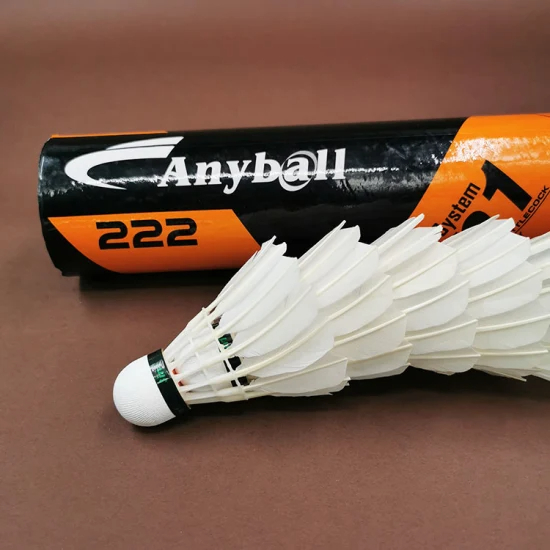
The Dynamics of Shuttlecock Flight
What makes the badminton birdie fascinating is its complex flight dynamics. Unlike a ball, the birdie is designed to be aerodynamically unstable. This means that no matter what orientation it is hit in, it will always turn to fly cork-first, creating a high level of drag and a steep angle of descent. This characteristic is key to badminton’s gameplay, allowing for a variety of strategic shots. It also means that wind conditions appreciably affect play, which is why badminton is usually played indoors at competitive levels. The precise design demands proper care and handling to maintain its ideal flight conditions.
Types of Shuttlecocks and Their Uses
Shuttlecocks can broadly be categorized into two types: feathered and synthetic. Feathered birdies, made from natural materials, are preferred in professional play due to their superior flight stability and accuracy. However, they are delicate and subject to quicker deterioration, requiring frequent replacement. Synthetic birdies, typically made from nylon, are more durable and far less susceptible to damage from play and environmental conditions. These are ideal for recreational play and beginners, offering a more cost-effective and low-maintenance option. Despite their differences, both types require proper selection based on the level of play and environmental conditions.
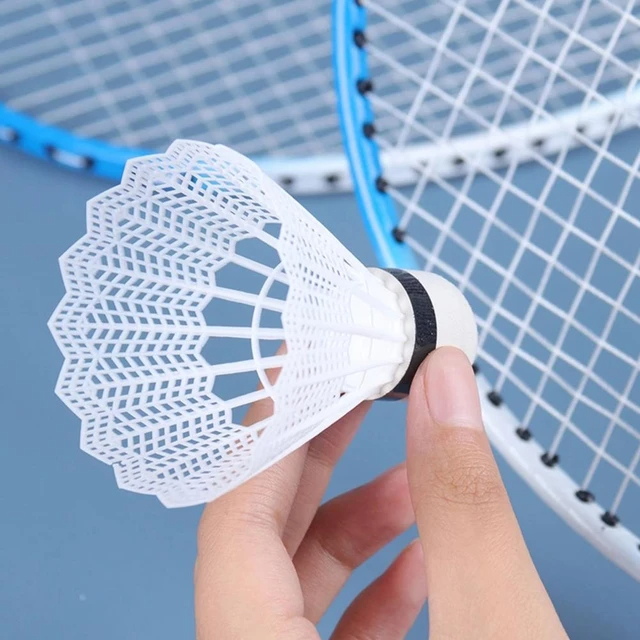
Choosing and Using the Right Birdie
Understanding Shuttlecock Speeds and Weight
The speed at which a shuttlecock flies is influenced by its weight and the conditions in which it is used. Manufacturers often produce birdies in different speeds, indicated by numbers or colors on the cork. Slow birdies are used in conditions where the air is thin, such as at higher altitudes, while faster birdies are used where the air is denser, like at sea level. Player experience and strength also dictate the appropriate speed: beginners may prefer slower birdies for easier control, while experienced players might opt for faster ones for a more challenging game. Additionally, the temperature and humidity of the playing environment can affect the birdie’s speed and responsiveness.
Selecting the Best Shuttlecock for Your Play Style
When choosing a badminton birdie, consider your play style and needs. Competitive players often opt for feathered, high-grade shuttlecocks for their sensitivity to touch and speed, which are critical in match play. Recreational players might prioritize durability and choose synthetic shuttlecocks that can withstand extended use without significant wear. It’s essential to test different birdies and note how they complement your racket and play style. A correctly chosen birdie will enhance your experience, whether you’re practicing advanced techniques or just enjoying a casual game.
Tips for Maximizing Shuttlecock Performance
To get the best performance out of your badminton birdie, there are several practices you can follow. Before play, fluff up the feathers of a feathered birdie to ensure they’re not sticking together, as this can affect flight. During play, rotate between a few birdies to distribute wear evenly and extend their life. After play badminton, store your shuttlecocks properly—preferably in a tube and away from excessive heat or cold that can warp the materials. For synthetic birdies, minimal maintenance is necessary, but periodic inspection for cracks or bent skirts is recommended to ensure consistent performance.
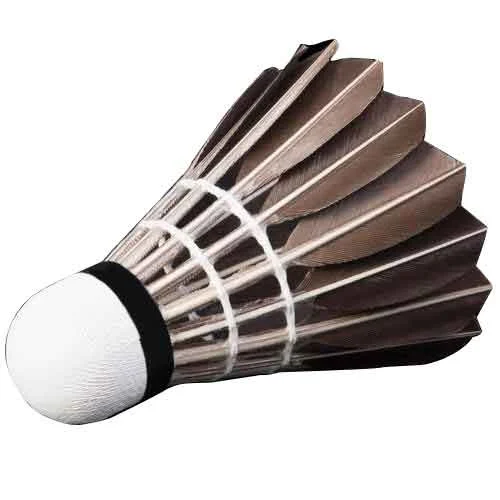
Maintenance and Lifespan
Caring for Feathered Shuttlecocks
Feathered shuttlecocks require more care due to their delicate nature. After use, always return the birdie to its tube with the cork down to protect the feathers from being crushed. If the feathers become ruffled, you can gently steam them over boiling water to rejuvenate their shape—just be careful not to make them wet. Store
Caring for Feathered Shuttlecocks
Feathered shuttlecocks require more care due to their delicate nature. After use, always return the birdie to its tube with the cork down to protect the feathers from being crushed. If the feathers become ruffled, you can gently steam them over boiling water to rejuvenate their shape—just be careful not to make them wet. Store them in a cool, dry place to prevent the feathers from becoming brittle or moldy. Additionally, avoid leaving feathered birdies under tension inside the badminton racquet strings or pressing them into the ground, as these actions can damage the feathers or alter the shape of the cork base.
Preserving Synthetic Shuttlecocks
Synthetic shuttlecocks, commonly made from nylon, are known for their resilience. However, they still require some basic maintenance to maintain their functionality. After play, check for any bending or fraying of the nylon skirt, as this can drastically impact the birdie’s flight path and speed. Gently straighten any bent skirts and trim any frayed edges with scissors. Similar to feathered shuttlecocks, store synthetic birdies in a dry place away from extreme temperatures. While they are less sensitive to environmental factors, extended exposure to sunlight or moisture can compromise the integrity of the plastic and nylon materials over time.
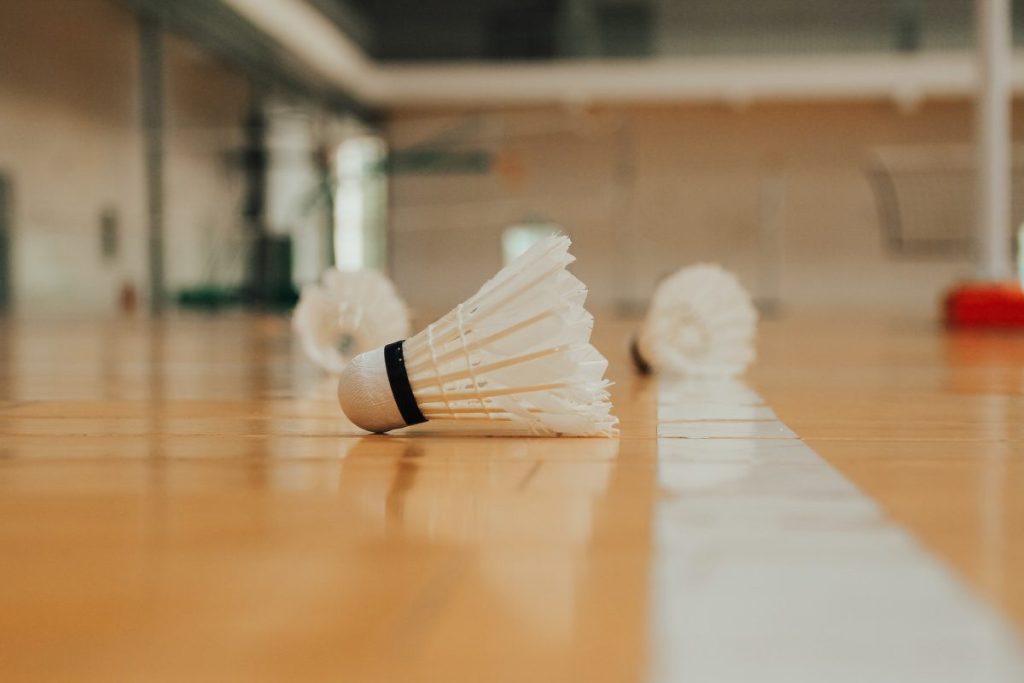
Extending the Lifespan of Your Badminton Birdie
Regardless of the type, it’s possible to extend the life of your badminton birdie with proper care. For both feathered and synthetic shuttlecocks, it is recommended to rotate your birdies during play sessions; this equally distributes wear and tear. Handling the birdies gently, particularly when inserting and removing them from their tubes, can prevent unnecessary damage. Should your feathered birdies get wet, let them dry naturally; do not use a hairdryer or other artificial heat sources as it could warp the feathers. By respecting and caring for the birdies you use, you ensure a longer-lasting and more economical badminton experience.
Section 4: The Role of Shuttlecocks in Competitive Play
Regulations and Standards for Tournament Shuttlecocks
In competitive play, the quality, speed, design, and condition of shuttlecocks are strictly governed by regulations set by badminton governing bodies such as the Badminton World Federation (BWF). Official tournaments require shuttlecocks that meet specific standards to ensure fairness and consistency in games. These regulations encompass the weight, balance, and construction of the birdie, and only approved models are allowed in official matches. Consequently, professional players must familiarize themselves with the feel and behavior of standardized shuttlecocks to perform at their best in a regulated environment.
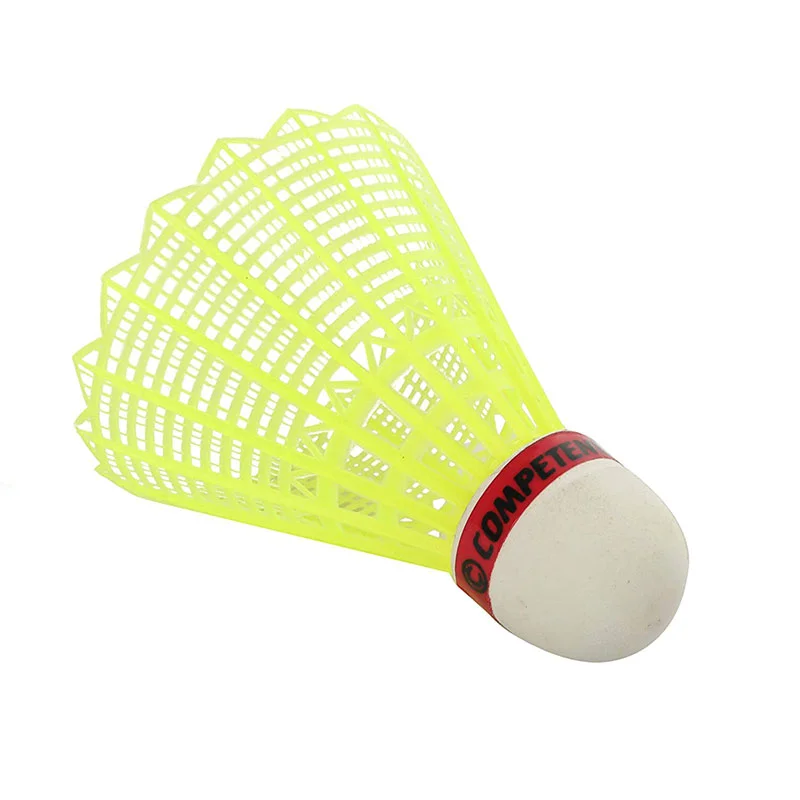
The Impact of Shuttlecock Selection in Match Outcomes
The selection of the appropriate speed and type of shuttlecock can have significant implications on the outcome of a match. Higher-speed birdies may benefit players with powerful smashes, while slower birdies could advantage those with a finesomely controlled style. The shuttlecock’s condition during play also matters; a damaged birdie can lead to erratic flights, resulting in unfair advantages or unexpected turns in a game. Therefore, a keen understanding of the shuttlecock’s condition and selecting the right birdie for the given environmental conditions is a strategic element in badminton.
